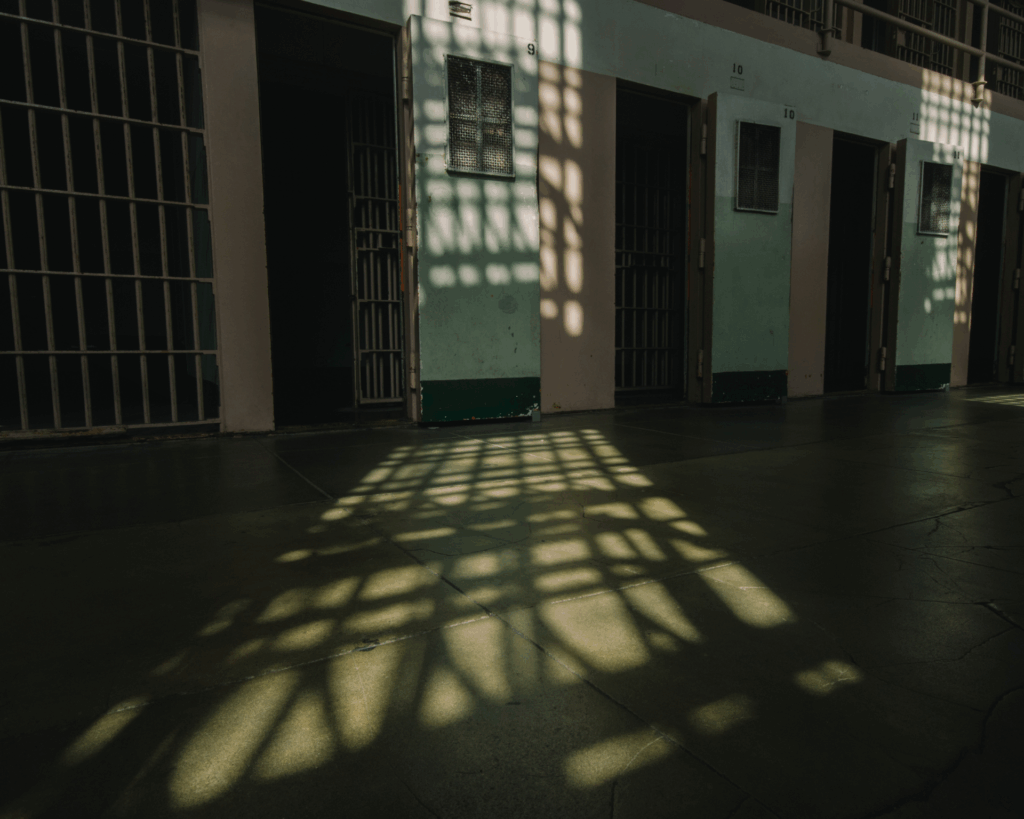Language Barriers
Deaf and hard-of-hearing individuals experience a higher rate of suicide, mood and anxiety disorders, and substance use disorders, but many mental health and substance use treatment facilities do not provide services in sign language.

Read Time: 3 minutes
Published:
If you are struggling with your mental health or have a substance use disorder, getting help can be daunting. For the 500,000 deaf and hard-of-hearing Americans who use American Sign Language (ASL) as their primary form of communication, getting help may feel impossible.
Compared with hearing people, deaf and hard-of-hearing individuals experience a higher rate of suicide, mood and anxiety disorders, and substance use disorders. Additionally, as 90% of deaf and hard-of-hearing individuals are born to hearing parents, and less than a quarter of families use sign language in the home, they can lack exposure to a visibly accessible language. Without exposure to a language from birth, children are at high risk for language deprivation, which is associated with learning difficulties and poor emotional regulation.
Most health care facilities are required under the Americans with Disabilities Act to provide a sign language interpreter, web-based interpreting services, or real-time captioning services for deaf or hard-of-hearing individuals. Section 1557 of the Affordable Care Act (ACA) has similar requirements for all federally funded health care entities and stipulates the patient must be provided primary consideration of their preferred type of accommodation. Yet, there has been little research on the accessibility of communication for ASL users within substance use treatment and mental health facilities.
Researcher Tyler James and colleagues analyzed data from the 2019 National Mental Health Services Survey and the 2019 National Survey of Substance Abuse Treatment Services to evaluate the accessibility of ASL communication services in federally-funded mental health and substance use treatment facilities.
The maps above illustrate state-level noncompliance with Section 1557 among substance-use treatment facilities and mental health facilities that are covered by the Affordable Care Act. Overall, 41% of mental health facilities (on left) and 59% of substance use treatment facilities (on right) did not provide services in sign language. South Carolina’s mental health facilities had the highest rates of compliance (84%), and Wyoming had the lowest (36%). Substance use treatment centers in Missouri had the highest ASL communication services compliance (77%), and Idaho had the lowest (12%).
This lack of adequate services can make it difficult and perhaps even clinically dangerous for patients. The path to enforcement of Section 1557 requires the patient to file an internal grievance or lawsuit, putting pressure on the noncompliant institution. This study highlights an urgent need to monitor these facilities more closely to ensure ASL users receive accessible treatment and care.
Databyte via Tyler G. James, Michael S. Argenyi, Donna L. Guardino, et al. Communication Access In Mental Health And Substance Use Treatment Facilities For Deaf American Sign Language Users. Health Affairs, 2022.



